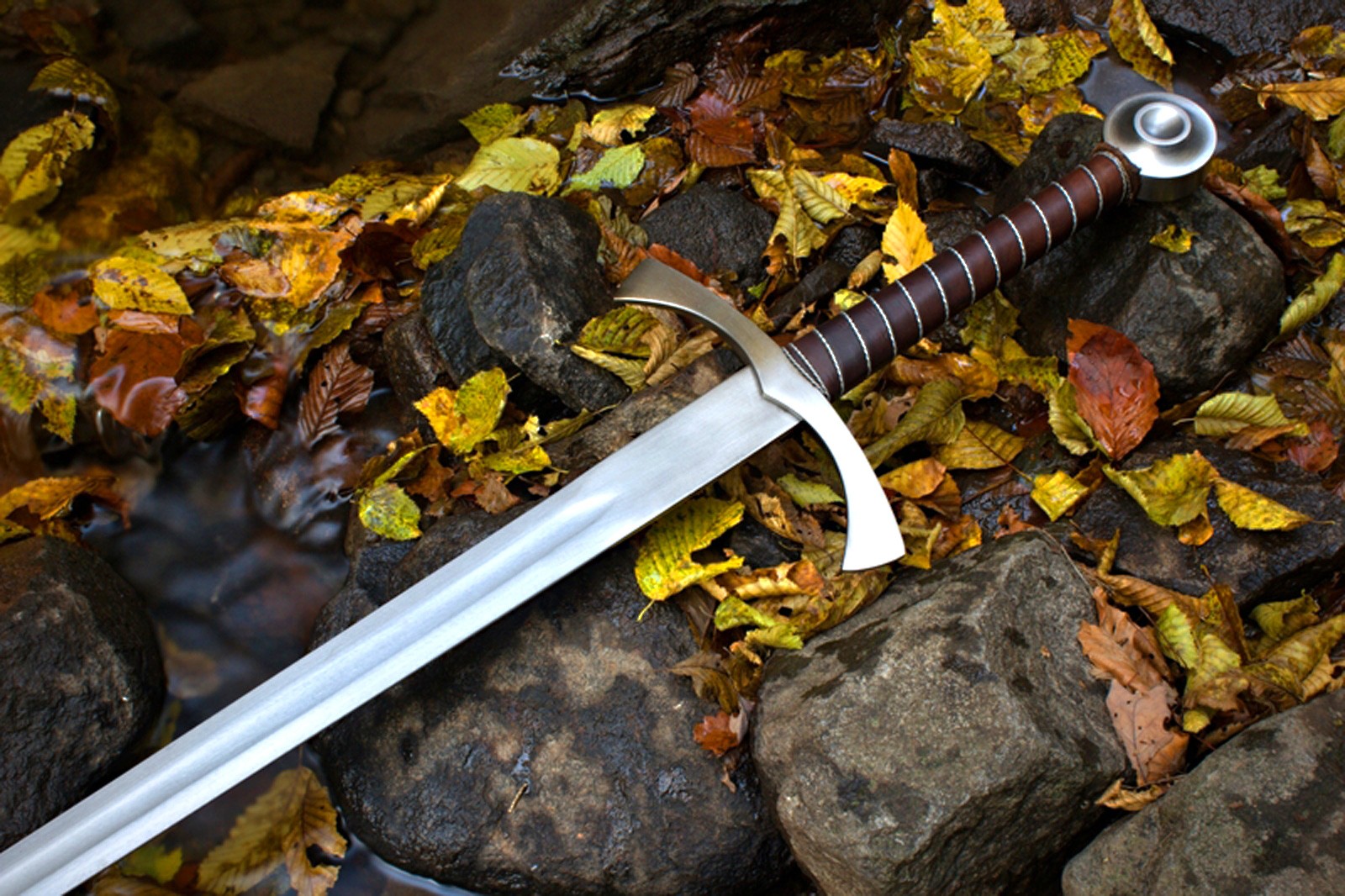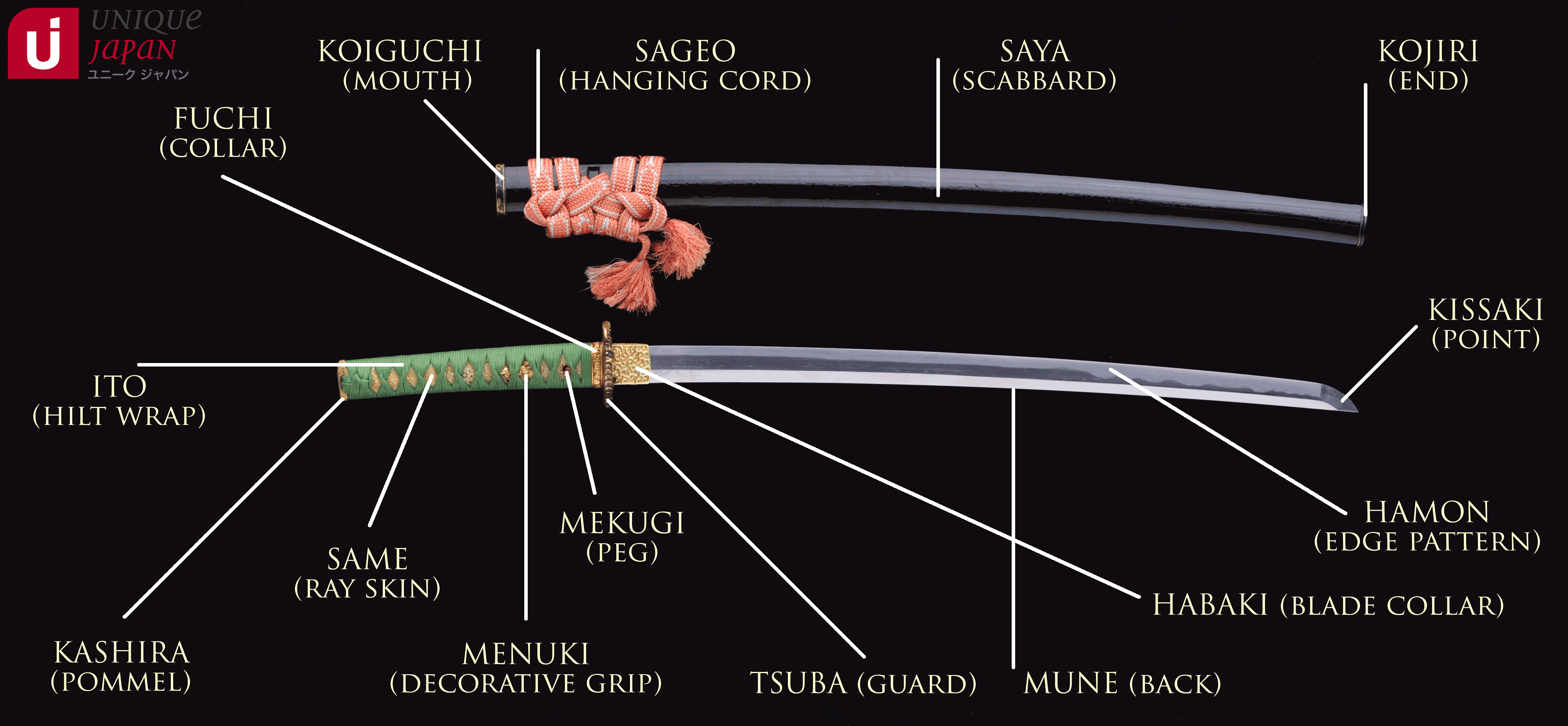Historical Significance

Sword meaning – Swords have been a vital part of human history, playing a pivotal role in warfare, social hierarchy, and cultural symbolism. From the earliest stone blades to the sophisticated steel swords of today, the evolution of swords reflects technological advancements and the changing needs of civilizations.
The sword is a symbol of power, strength, and honor. It has been used throughout history by warriors, kings, and even gods. In some cultures, the sword is seen as a sacred object, and it is often used in religious ceremonies.
The sword pit is a place where swords are stored or buried. These pits can be found all over the world, and they often contain hundreds or even thousands of swords. The swords in these pits are often old and rusty, but they still hold a great deal of historical significance.
They can tell us about the people who used them, the battles they fought, and the cultures they lived in. The sword is a powerful symbol, and it continues to fascinate us today.
In ancient Egypt, swords were symbols of power and prestige, often adorned with intricate carvings and precious metals. In Greece and Rome, swords were essential weapons for hoplites and legionaries, their designs optimized for close-quarters combat. In medieval Europe, swords became synonymous with chivalry and knighthood, with elaborate rituals surrounding their forging and use.
Symbolic Meanings
Beyond their practical function, swords have also held deep symbolic meanings throughout history. In many cultures, they represented strength, courage, and honor. In Japan, the samurai sword (katana) was considered the soul of the warrior, embodying the values of bushido. In Celtic cultures, swords were often associated with the supernatural, believed to possess magical powers.
Types and Variations: Sword Meaning

Swords come in a vast array of designs and variations, each tailored to specific purposes and combat styles. The choice of materials, blade shape, and hilt design all contribute to the unique characteristics of different sword types.
Single-Edged Swords
Single-edged swords feature a sharpened blade on one side only. This design provides a balance between cutting and thrusting capabilities. Notable examples include:
- Katana: A Japanese sword characterized by its curved, single-edged blade and distinctive handle.
- Machete: A large, single-edged blade used for cutting vegetation or as a weapon.
Double-Edged Swords
Double-edged swords have sharpened blades on both sides, allowing for effective cutting and slashing attacks. Common types include:
- Longsword: A medieval European sword with a straight, double-edged blade and a long grip.
- Sabre: A curved, single-edged sword with a distinctive hilt designed for slashing.
Curved Swords, Sword meaning
Curved swords offer advantages in close-quarters combat, as their curved blades allow for sweeping and slicing motions. Some examples are:
- Scimitar: A Middle Eastern sword with a single-edged, curved blade and a distinctive hilt.
- Falchion: A European sword with a single-edged, curved blade designed for chopping.
Straight Swords
Straight swords provide precision and control in thrusting and fencing techniques. Examples include:
- Rapier: A thin, straight-bladed sword designed for fencing and duels.
- Epee: A modern fencing sword with a straight blade and a blunt tip.
Materials
The choice of materials significantly impacts a sword’s performance and durability. Common materials include:
- Steel: The most common sword material, known for its strength, hardness, and edge retention.
- Iron: A less expensive alternative to steel, but more prone to rust and damage.
- Damascus steel: A legendary material renowned for its strength, flexibility, and distinctive patterns.
Cultural Symbolism
Swords have held profound cultural significance throughout history, embodying power, honor, and spiritual beliefs. In many societies, they have been revered as sacred objects, imbued with supernatural qualities.
In mythology and religion, swords often serve as symbols of divine power or protection. The sword of Excalibur in Arthurian legend, for example, represents the right to rule and divine favor. In Japanese folklore, the katana is seen as the soul of the samurai, embodying his honor and loyalty.
In literature, art, and popular culture, swords continue to be powerful symbols. They can represent courage, justice, or the struggle between good and evil. The iconic lightsaber in Star Wars, for instance, has become a symbol of hope and the fight against oppression.
In the realm of swords, power is forged in the fires of battle. Each blade carries a weight of history, a testament to the struggles and victories of those who wielded it. Yet, even as the sword’s edge gleams, there are moments of respite, like the promise of a new dawn.
In the tapestry of time, the echoes of rihanna tomorrow weave through the fabric of ancient tales, reminding us that even amidst the clash of steel, the human spirit finds solace in the hope of a brighter future. And so, the sword remains a symbol of both conflict and renewal, its blade a reminder of the indomitable spirit that resides within us.
The sword, a symbol of power and strength, is often seen as a weapon of destruction. Yet, its blade can also reflect the brilliance of a diamond, a stone that represents purity and invincibility. Like the diamond, the sword’s true meaning lies in its ability to cut through darkness and illuminate the path to truth and justice.
The sword, a symbol of power and authority, has been a fixture in human history for centuries. It has been used in countless battles, duels, and other conflicts, and its meaning has evolved over time. Today, the sword can still be seen as a symbol of strength and courage, but it can also represent the connections we have with others.
In a world where we are constantly bombarded with information and distractions, it is more important than ever to find ways to connect with the people around us. Connections hint today that we are not alone, and that we are all part of something bigger than ourselves.
The sword can be a reminder of this, and it can help us to stay connected to our values and to the people who matter most to us.
A sword is a bladed weapon that has been used for centuries by people all over the world. The word “sword” comes from the Old English word “sweord,” which means “a cutting weapon.” Swords have been used for a variety of purposes, including hunting, warfare, and self-defense.
For a more in-depth sword definition , one can refer to specialized resources. The meaning of a sword goes beyond its physical form; it often represents power, honor, and courage.